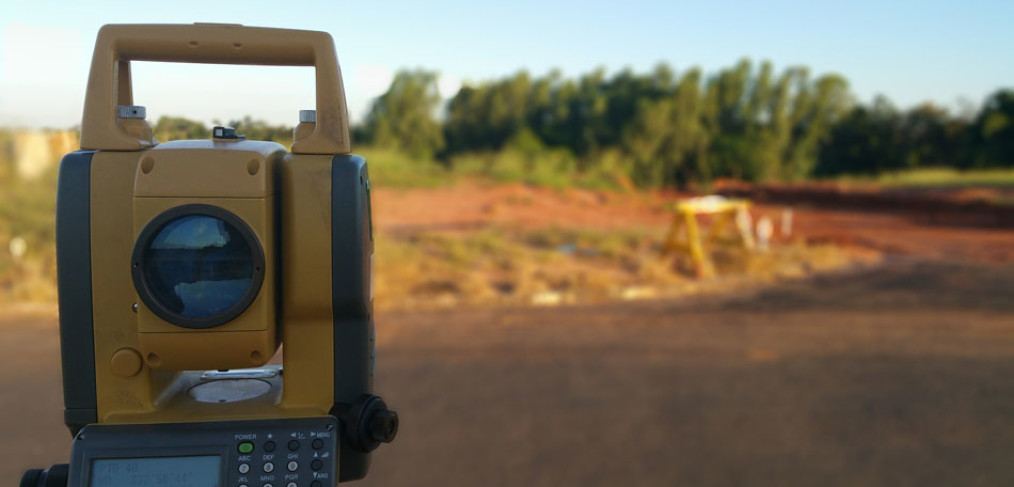
What is a Topographic Survey?
Before someone begins to build a residence, business or roadway, a detailed look at the man-made and natural elements above the Earth’s surface, or a topographic land survey, should be completed. Not only does this aid in zoning, but it helps a developer learn of any potential obstacles in the construction process.
What does a topographic land survey entail?
Chances are, you have seen a surveyor at some point in your life. Many times they can be spotted in roadwork construction zones. Someone can be seen peering through a camera-like device, which is mounted on a tripod, slowly studying the terrain.
They use either an electronic distance measurement device or a surveying quality Global Positioning System instrument to account for and measure existing structures, such as waterways, cliffs, buildings, telephone poles, fences, trees, radio towers and other elevated features. The surveyor will then input their findings to be developed into three-dimensional contour line maps that can be manipulated to show both the current topography and what is planned.
These maps are often developed in a computer-aided design and drafting program such as AutoCad, Microstation or Terramodel.
Who typically uses a topographic land survey?
In some cases, government officials may require a topographic land survey for public records.
Engineers and architects will find the data produced by a topographic land survey particularly useful, since they can take any slow shifts in the terrain or other elements into account before ever beginning the building process.
Surveys can be particularly useful to them when examining an area where a building or other structure was demolished, as well as land that has never previously been built on.
How do you become a topographic land surveyor?
To become a topographic land surveyor, you will need to obtain a college degree in either geomatics or surveying and then obtain a license in your current state.
Internships are available and are a good way to begin working for a firm. Those who have completed these steps can begin looking within government agencies, such as Forest Survey, Coast Services, the Bureau of Land Management and the U.S. Geological Survey.
Other jobs exist within the country’s infrastructure, whether the surveyor is working for the highway system or railways.
Private surveying opportunities will always exist as long as the surveyor chooses to move to an area with forests, coastline or cities where construction is regularly occurring.
